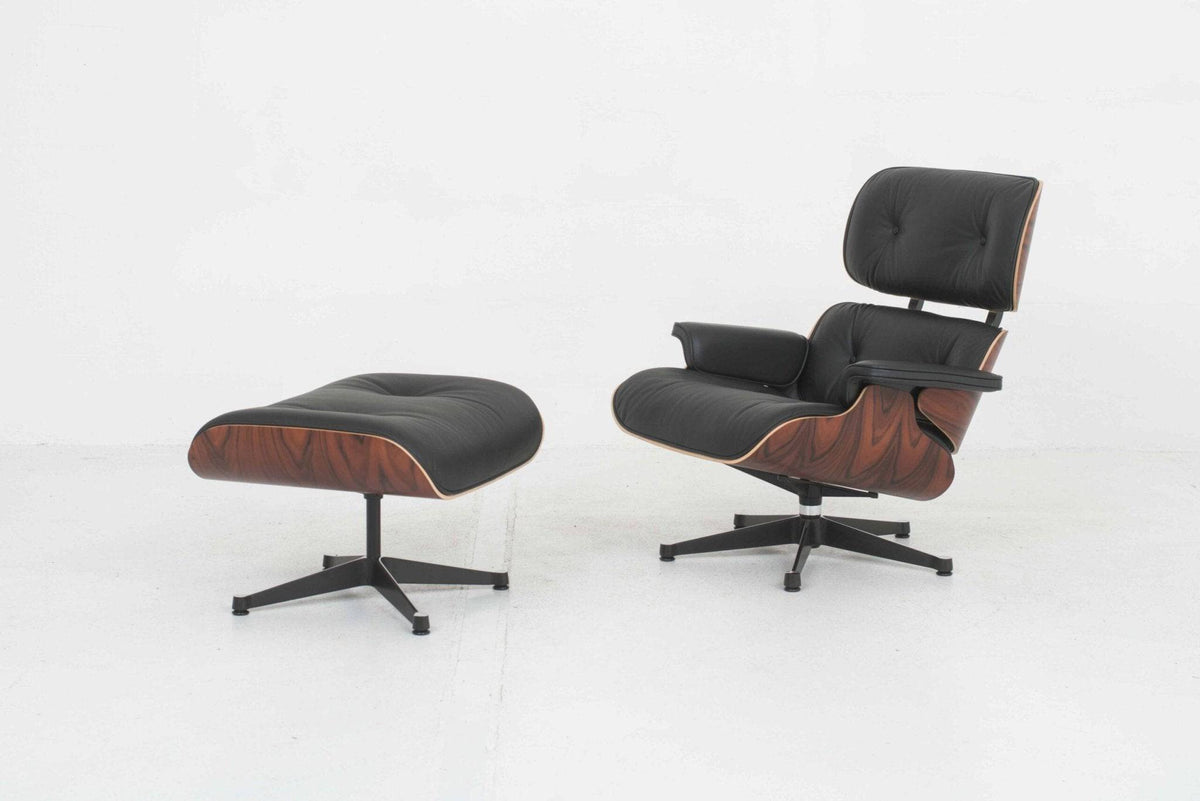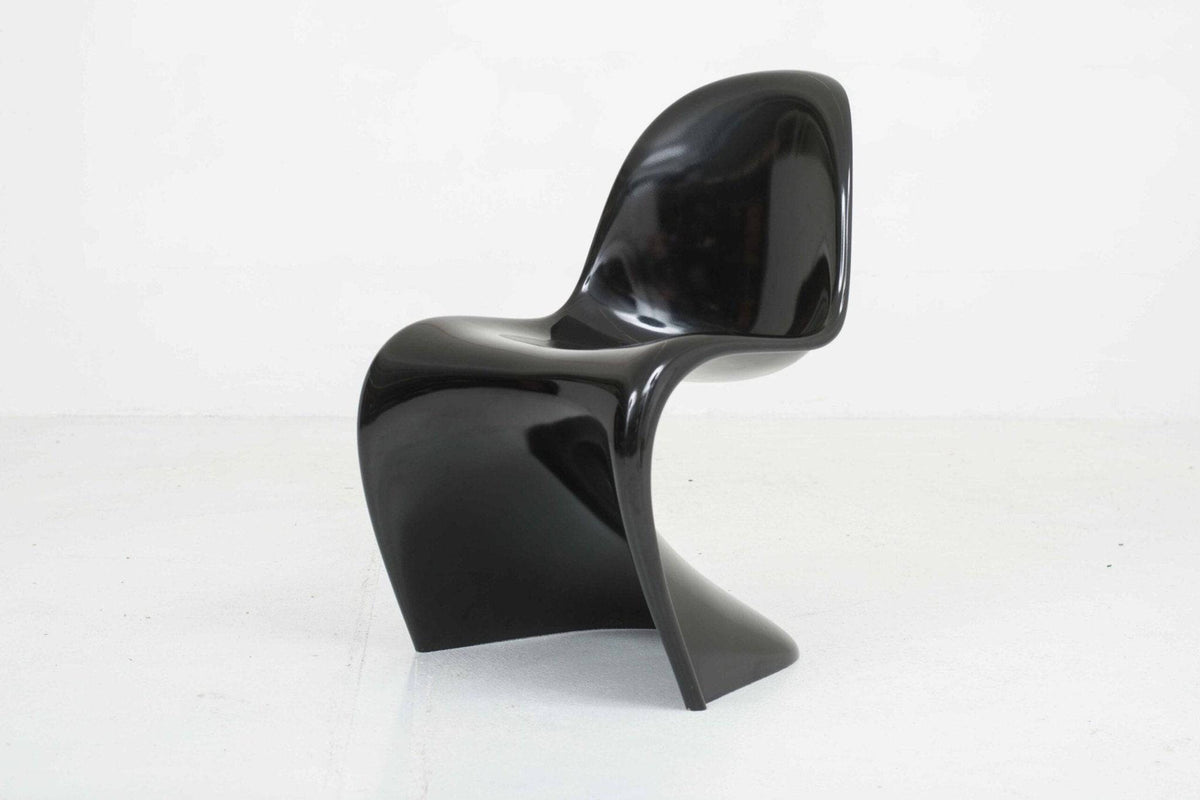Mid-Century Design: The Future of the Past
Mid-century was never retro. It was modern then – and it is again today. The style emerged in a time of upheaval: when people could, for the first time, produce beautiful homes in mass production. Functionality became elegant. Wood took on curves. Technology became homely. The result: furniture with attitude – and character that lasted for decades.
Those who choose mid-century modern today aren't buying nostalgia. They're buying design that's thought through – and has a lasting impact.
Contents
What is Mid Century Modern?
Mid-Century Modern stands for organic forms, intelligent functionality, and an optimistic outlook. The style eschews decoration—but not impact. It brings warmth without heaviness, design without excess, and structure without austerity.
- Period: approx. 1945 to 1970
- Influences: Bauhaus, Scandinavian minimalism, American post-war modernism
- Typical materials: teak, rosewood, fiberglass, bent plywood, leather, steel
- Core idea: Design for everyone – not as a mass product, but as mass quality.
Why did Mid Century Modern emerge?
After the war, the world needed not just new furniture—but new ideas about how people wanted to live. Living conditions changed. Apartments became smaller. Families grew rapidly. Design responded:
- Compact and well thought out : Multifunctional furniture for limited space
- New materials: plywood, fiberglass, steel – malleable, affordable, modern
- Industrial manufacturing: No loss of design despite mass production
- Design optimization: lightness, ergonomics, modularity
Mid-century wasn't retro—it was the first truly modern living style for many. Not a style for the elite—but a promise to everyone.
Designers who have made history
Mid-Century wasn't a single work—it was a movement. And the minds behind it shaped the visual language of an entire era:
- Charles & Ray Eames: Lounge Chair and Eames Plastic Chair – Home decor as a system
- Arne Jacobsen: Egg Chair and Series 7 – Scandinavian clarity with organic lines
- Florence Knoll: Design for work and living – formally strict, content-wise warm
- Verner Panton: The Panton Chair – a piece of furniture like an exclamation mark. Innovative, bold, monolithic
These pieces are not collector's items – they are statement pieces that still shape rooms today.



About the Charles and Ray Eames Collection →
Why Mid Century is more relevant today than ever
In a world full of sensory overload and trend-hopping, mid-century design offers exactly what's missing: clarity, reduction, and structure.
- It works in modern floor plans – because of modularity and dimensions
- It looks high-quality without being loud
- It can be combined with almost everything: from Industrial to Japandi
Mid-century doesn't require a complete makeover – a single piece is enough to show attitude.
Sustainability? Was never an option – but a fundamental principle
Most mid-century furniture today is not “still in good condition” – it is simply better built than much of what is produced today.
- Teak & rosewood : durable, repairable, ages gracefully
- Systematic construction: screwed, not glued – designed for decades
- Resale value instead of loss of value: Design as capital
Anyone who buys a Mid-Century Original today not only saves CO₂, but also preserves a piece of design culture.
Conclusion: Mid Century – the attitude behind the style
Mid-Century Modern isn't a trend. It's a generation's response to chaos – with clarity. It stands for design that endures because it's thoughtfully thought out. Those who choose Mid-Century Modern today are choosing against the ephemeral. Against disposable aesthetics. For function with form – and style with lasting value.
Discover true design classics in our Mid-Century Collection →
Frequently Asked Questions (FAQs)
1. What distinguishes Mid Century from Bauhaus?
Bauhaus is more radical, more technical. Mid-century combines warmth, organic lines, and coziness with functional appeal.
2. Which materials are typical – and why are they durable?
Teak, rosewood and bent plywood – robust, repairable, high-quality workmanship.
3. How can I integrate mid-century modern into modern spaces?
Through targeted contrasts: a vintage sideboard in clean rooms, an Eames Chair as a statement piece.
4. What are good entry-level pieces for Mid Century?
Armchairs, sideboards, dining table chairs – combinable, suitable for everyday use and style-defining.




